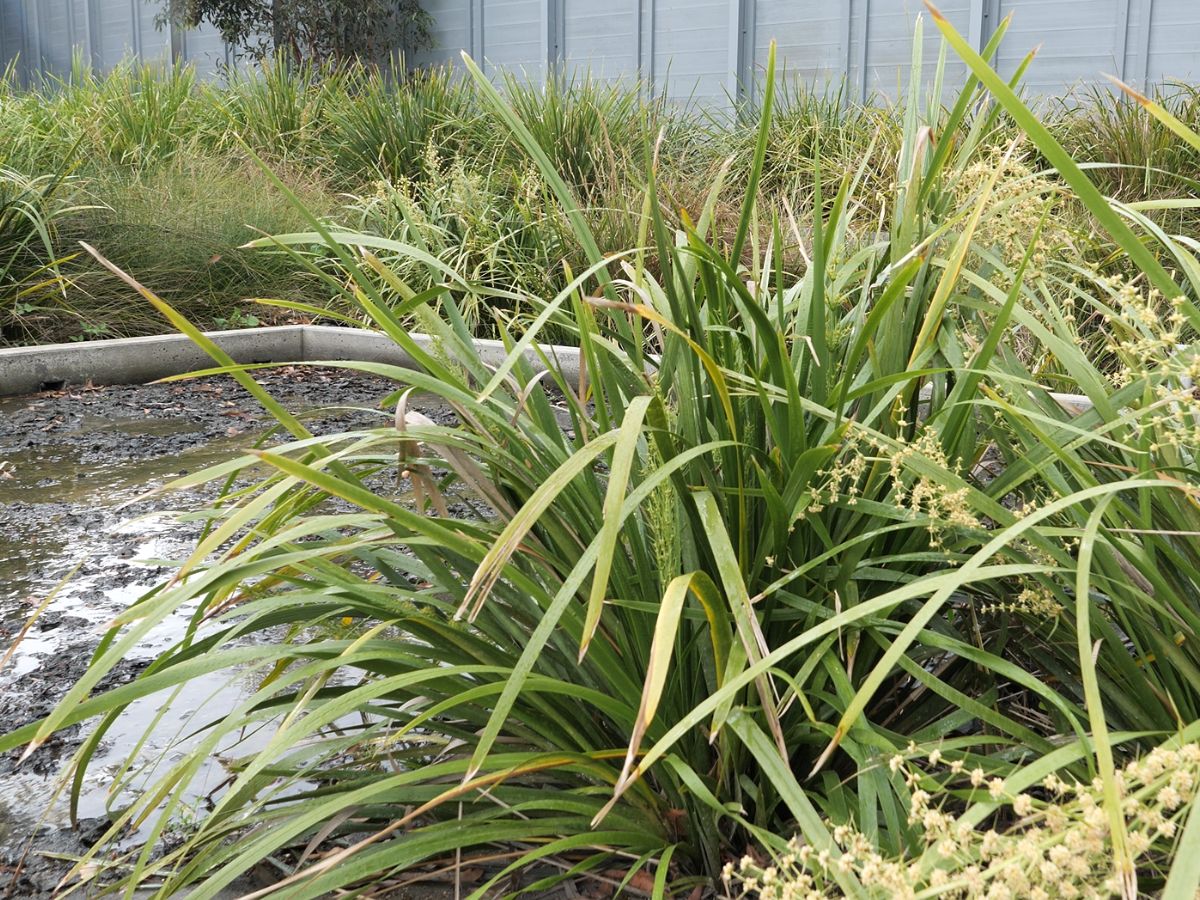How healthy is your bioretention? Weeding, erosion, sediment build-up and poor water drainage are just some of the problems that face these systems over their lifetime – proper care and maintenance is key to their performance.
Sustainably managing bioretention systems with a comprehensive maintenance schedule ensures their health, safety and long-term service life. The SPEL Maintenance team specialises in keeping these systems healthy – and can also perform emergency repairs after storms, heavy rainfall & flash flooding.
The removal of weeds from bioretention systems prevent them from further germination, and competition with the plants that are cultivated in a bioretention system for stormwater treatment.
“The plants that are chosen for bioretention systems have been picked for their ability to remove nitrogen and phosphorus,” says SPELBio lead Kristy Pratsch.
Inspecting a bioretention system is typically conducted at least three times a year, but additional maintenance is often required after heavy rainfall or stormevents. This helps to prevent damage to these systems, including inlet blockages or the build-up of sediment in forebays – and also ensures plants are healthy and flourishing.
Capturing our maintenance team in action, SPELBio lead Kristy Pratsch explores these issues for local bioretention systems. Take a look through SPEL’s approach to bioretention maintenance in our latest video!

















